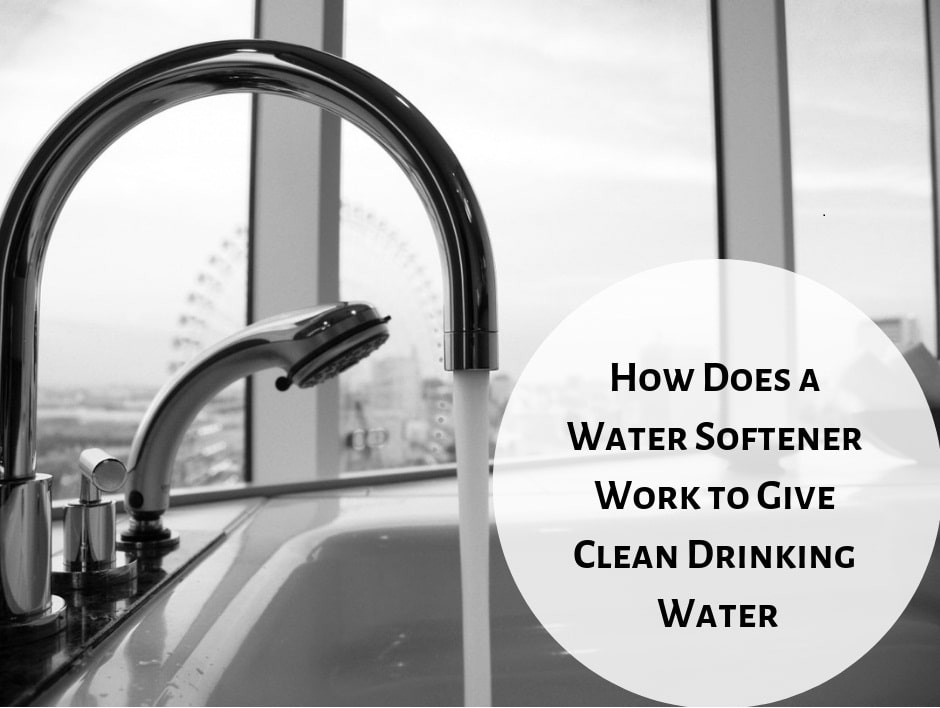
Water that we get in our homes often carries bacteria and minerals in excess quantities, making it unfit for drinking. This is the reason why you find a thin film on surfaces and stains and spots on washed utensils, and pipes often get clogged.
Before we take a look at how commercial and residential water softeners work to solve this problem, let us see how the water becomes hard.
Why Do You Get Hard Water?
Water picks up solubles while it is in the ground, which gets carried over to your home. It leads to water contamination as well as increases the content of minerals in it, particularly magnesium and calcium. They tend to affect the water’s ability to function in our homes and make the water hard.
Effects of Hard Water
The dissolved solids and minerals can cause a flaky buildup on everything from pipes to dishes and other appliances using the water. Soap residue and corroded, clogged pipes are usually because of hard water.
Hard water does not remove soap residue completely, leading to dirt trapped in the fibers of your clothes. It can roughen them and make the color fade away after just a few washes.
Water softeners help to remove the hard minerals, making it convenient to do your laundry and clean your home and utensils while extending the life of your appliances that use water.
Water Softeners Operation – Principle and Process
Water softeners work on the principle of ion exchange to produce soft water using negatively charged resin beads. As hard water passes through the water softener tank, calcium or magnesium gets attracted to the media, and an equal amount of sodium ions get discharged into the water. This is because they have a higher positive charge than sodium.
When this water reaches the bottom of the tank, it is softened and free of calcium and magnesium, making it suitable for drinking and other purposes. Many people have a misconception that using a water softener will give out salt water. However, this is not true because the water contains only a small quantity of sodium.
When the resin beads get saturated with hard water minerals, they must be recharged. A salt solution is commonly used to flush off the magnesium and calcium, and the resin gets recharged with sodium.
Water Softener Regeneration Cycle
A water softening system uses the regeneration process to clean and recharge itself. It typically comes with a second storage tank which contains salt that is used in a water softener. During the regeneration cycle, the hard minerals get trapped in the resin beads which then get replaced with sodium ions. The water containing hard minerals gets pushed out of the system.
We Have the Best Residential and Commercial Water Softeners
At Peninsula Water Conditioning Inc., we care about our customers and believe in delivering the best results. We use Hellenbrand water softener to help solve the hard water problem and produce water that is free of minerals such as magnesium and calcium.
For more information about our water softeners and installation services, reach out to our experts by calling 410-341-6500. You could also fill out our online form if you have any questions. We will get back to you promptly with accurate water solutions.
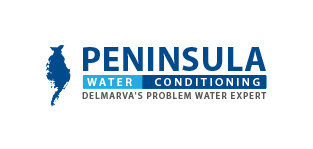
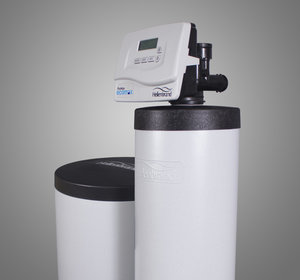
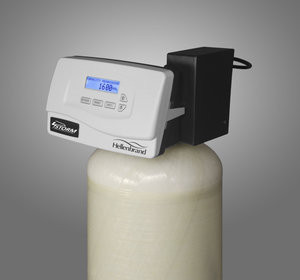
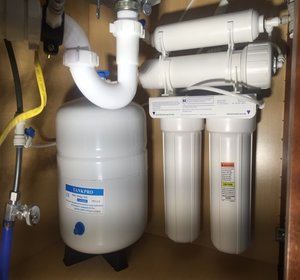
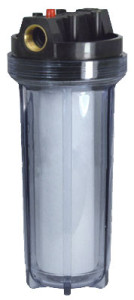
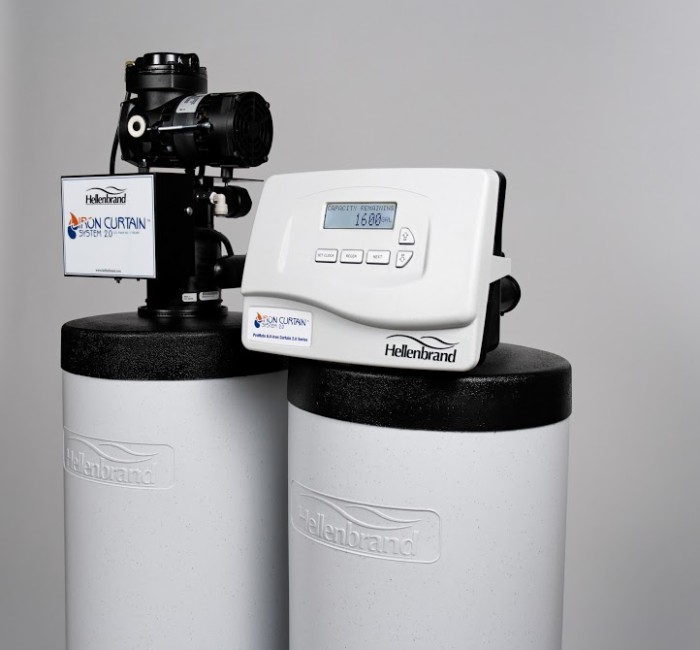
No Comments